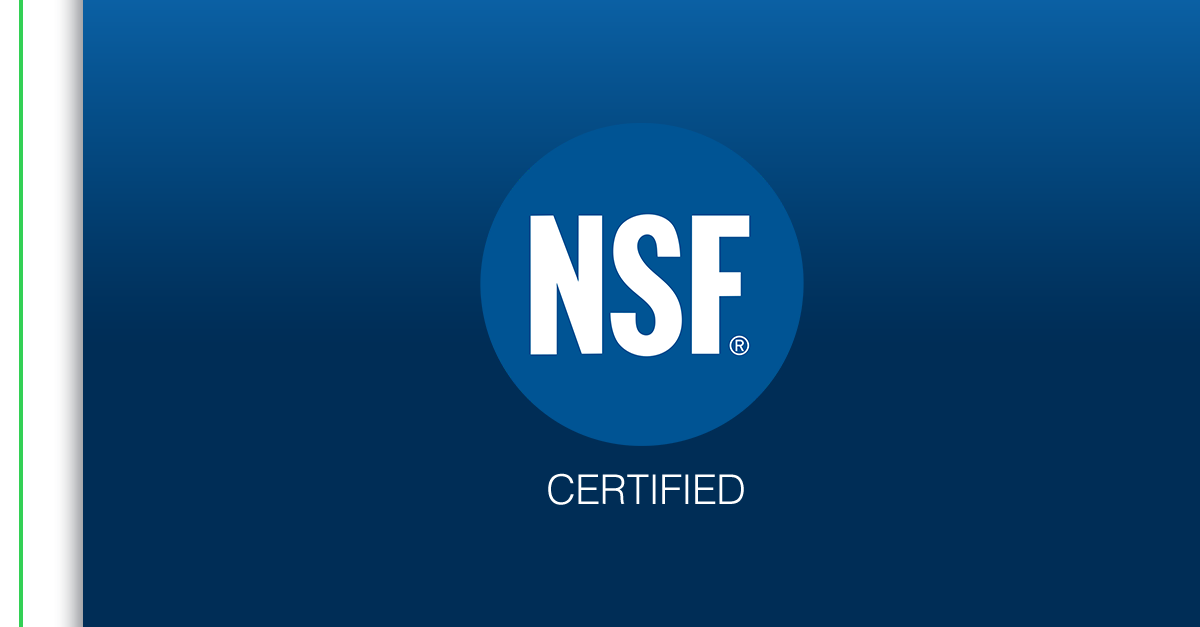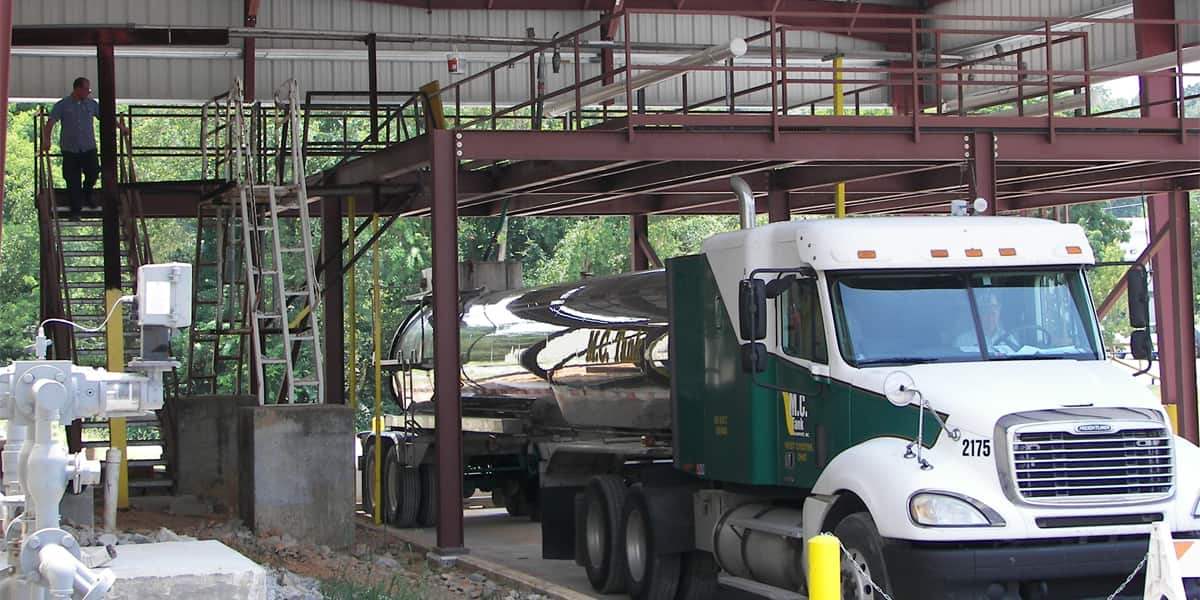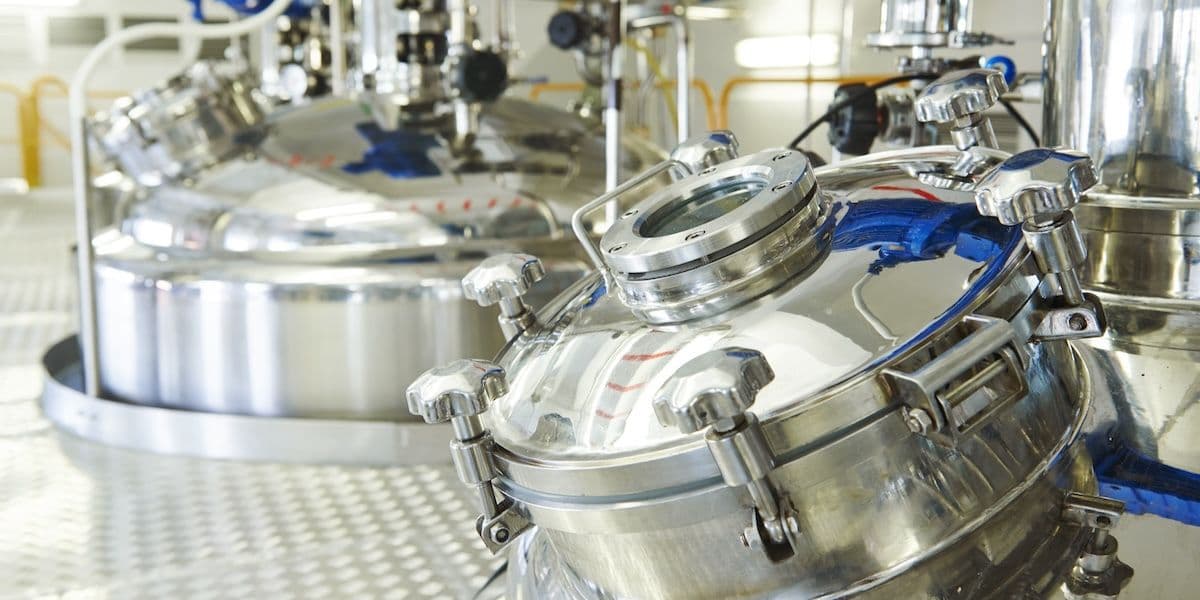
4 Steps to Becoming an NSF-Certified Chemical Manufacturer
Earning NSF certification is one of the most effective ways chemical manufacturers can prove their products are safe, high-quality and compliant with tough regulatory standards. Moreover, for manufacturers whose products come into contact with drinking water, food surfaces, or other sensitive applications, NSF certification is often a business requirement.
In this blog post, we’ll walk through the four essential steps to getting your product NSF certified, so you can take advantage of all the benefits.
Step 1: Understand NSF Certification and Select the Appropriate Standard
Before pursuing certification, it’s important to fully understand what NSF certification is and why it matters.
NSF International is an independent organization that develops public health standards and certifies products and facilities that meet those standards. Their certification indicates that a product has been tested and verified to comply with rigorous safety, quality and performance criteria – often becoming a deciding factor for buyers and regulatory agencies.
To get started, manufacturers must identify which NSF standard applies to their specific product. NSF offers different certifications depending on how and where a chemical is used. For example, if your product is used in municipal water treatment, NSF/ANSI/CAN 60 is the relevant standard. This certification ensures that water treatment chemicals do not contribute contaminants at levels that could pose health risks.
Selecting the correct certification early in the process helps set expectations, aligns your documentation efforts, and ensures your application is evaluated against the correct criteria.
Step 2: Preparation, Documentation and Application Submission
Once you’ve identified the appropriate NSF standard for your product, the next step is gathering the necessary documentation and preparing your application. This stage requires detailed attention and accuracy, as incomplete or inconsistent information can slow down the certification process.
While exact requirements vary by certification type, most applications will need to include:
- Detailed product formulation: A full breakdown of ingredients, their percentages, and their functions in the formulation.
- Intended use: A clear explanation of how and where the product will be used, particularly important for certifications related to water treatment or food contact.
- Facility process documentation: This includes standard operating procedures, batch production records, and details on how materials flow through your facility.
- Quality and safety protocols: Documentation that shows how you ensure product consistency, control contaminants, and comply with relevant safety standards.
Some certifications may also require additional technical documentation, such as toxicology data or validation studies. Because these requirements can vary, it’s critical to consult with NSF or an experienced partner early on to ensure you're gathering the right information.
After assembling your documentation, you’ll formally submit your application to NSF. Being thorough and organized at this stage not only speeds up the review process but also reduces the likelihood of follow-up questions or delays due to missing information.
Step 3: Facility Audit and Product Testing
After your application is submitted, NSF will begin the evaluation process – which includes rigorous product testing and an on-site facility audit. These steps ensure your product and production environment meet the relevant safety and quality standards.
Product Testing
NSF conducts laboratory testing to verify your product performs as claimed and meets all applicable safety and contamination thresholds. This can include:
- Chemical analysis to detect impurities or harmful byproducts
- Performance testing to confirm the product functions as intended under specific conditions
- Toxicological review to evaluate health risks based on exposure
Products that fail to meet these benchmarks may require reformulation or additional testing, so it’s important that your product is stable, consistent and fully documented prior to this stage.
Facility Audit
NSF auditors will also conduct a detailed inspection of your manufacturing facility. The audit typically includes evaluations of:
- Facility hygiene and cleanliness
- Equipment calibration and maintenance
- Product traceability systems
- Quality control processes and documentation
- Storage and handling of raw materials and finished goods
To prepare, ensure your team is trained, your facility is clean and well-maintained, and all documentation is current and accessible. Common pitfalls include outdated SOPs, incomplete batch records, or inconsistent labeling practices — all of which can delay certification.
How Working with an NSF-Certified Partner Can Simplify the Process
Navigating the NSF certification process can be complex – but it’s significantly easier when your product is manufactured in a facility that’s already certified. That’s where partnering with a toll blender like Royal Chemical provides a major advantage. Our facilities are NSF-certified and audited regularly, which means your product enters the process with many foundational requirements already in place.
By working with Royal Chemical, you benefit from our established quality systems and documented manufacturing protocols. This not only speeds up the certification timeline but also improves your chances of passing on the first attempt, helping you get to market faster with greater peace of mind.
Step 4: Certification Approval and Ongoing Compliance
Once your product passes testing and your facility audit is complete, NSF will issue your certification. You’ll receive an official certificate, your product will be added to NSF’s public database, and you’ll be authorized to display the NSF mark on your packaging – a valuable trust signal for customers, regulators and industry partners.
But earning the certification is just the beginning. To maintain it, manufacturers must commit to ongoing compliance. NSF regularly reinspects certified facilities to ensure they continue to meet standards. These follow-up audits may be scheduled or unannounced and often review any updates to your formulations, production methods or suppliers. If anything has changed since your original application, it could require reevaluation.
In addition to facility inspections, your product may be subject to periodic laboratory retesting. This ensures it continues to meet safety and performance benchmarks, especially if you’ve adjusted your recipe or target markets.
Falling out of compliance can carry serious consequences, including suspension of your certification or even removal from the NSF listings. That’s why it’s essential to treat NSF certification as an ongoing operational priority. Companies that embed quality and regulatory alignment into their everyday processes are far more likely to retain their certification and avoid disruptions.
Additional Tips for a Successful NSF Certification Journey
- Engage with NSF early: Ask questions and clarify requirements upfront to avoid delays later.
- Work with an NSF-certified partner: A toll blender like Royal Chemical can simplify compliance and speed up the process.
- Stay proactive with quality control: Build strong documentation and internal systems from the start to ensure long-term success.
Reach Out to Royal Chemical Today
Becoming an NSF-certified chemical manufacturer can open doors to new markets and give your customers the assurance they need – but getting there requires careful planning, documentation, and a trusted manufacturing partner.
At Royal Chemical, we help streamline your path to certification. Our NSF-certified facilities, proven quality systems, and experienced teams make it easier to navigate the process while reducing your risk of delays or non-compliance. Plus, with five strategic locations across the U.S., we offer the blending, packaging, warehousing and distribution support needed to get your certified products to market – fast.
If you're ready to simplify NSF certification and get your product into customers’ hands with speed and confidence, contact Royal Chemical today.
Talk to an Expert
Streamline Your Chemical Manufacturing Process
Royal Chemical’s expertise in blending, packaging and shipping can save you time, reduce costs and deliver consistent results.














